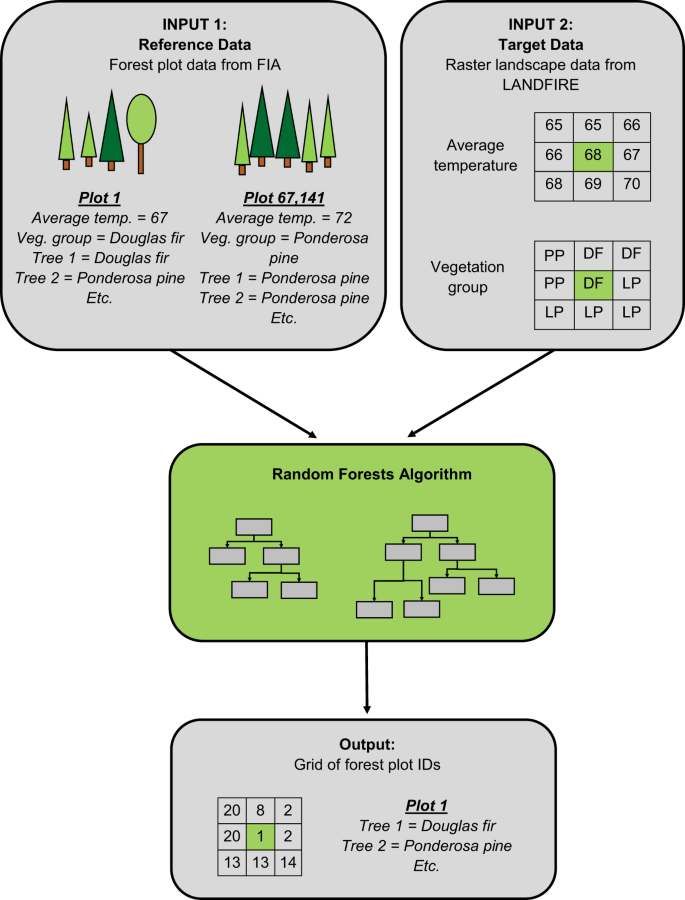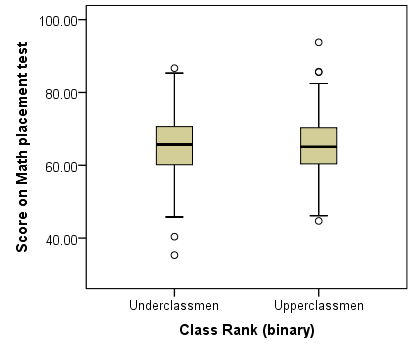| B_06_levelplot {lattice} | R Documentation |
- Plow Tool
- Plot (narrative) - Wikipedia
- Plotline Vs Storyline
- How To Plot Level Curves Of F(x,y) = 2x^2 + 5y^2. F(x,y) = C ...
Other useful arguments are mentioned in the help page for the default panel function panel.levelplot (these are formally arguments to the panel function, but can be specified in the high level calls directly). Apr 10, 2018 How to plot level curves of f(x,y) = 2x^2 +. Learn more about level curves, 3d plots, graphing. Next, each whole plot is divided into four samples which are split-plots and one temperature level is assigned to each of these split-plots. It is important to note that since the whole-plot treatment in the split-plot design is confounded with whole plots and the split-plot treatment is not confounded, if possible, it is better to assign the.

Level plots and contour plots
Description
Draws false color level plots and contour plots.
Usage
Arguments

x | for the Calculations are based on the assumption that all x and y values areevaluated on a grid (defined by their unique values). The functionwill not return an error if this is not true, but the display mightnot be meaningful. However, the x and y values need not be equallyspaced. Both |
data | For the |
row.values, column.values | Optional vectors of values thatdefine the grid when |
panel | panel function used to create the display, as described in |
aspect | For the |
at | A numeric vector giving breakpoints along the range of
|
col.regions | color vector to be used if regions is TRUE. Thegeneral idea is that this should be a color vector of moderatelylarge length (longer than the number of regions. By default this is100). It is expected that this vector would be gradually varying incolor (so that nearby colors would be similar). When the colors areactually chosen, they are chosen to be equally spaced along thisvector. When there are more regions than colors in |
alpha.regions | numeric, specifying alpha transparency (works only on some devices) |
colorkey | logical specifying whether a color key is to be drawnalongside the plot, or a list describing the color key. The list maycontain the following components:
|
contour | A logical flag, indicating whether to draw contour lines. |
cuts | The number of levels the range of |
labels | Typically a logical indicating whether contour lines should belabelled, but other possibilities for more sophisticated controlexists. Details are documented in the help page for |
pretty | A logical flag, indicating whether to use pretty cut locations andlabels. |
region | A logical flag, indicating whether regions between contour linesshould be filled as in a level plot. |
allow.multiple, outer, prepanel, scales, strip, groups, xlab,xlim, ylab, ylim, drop.unused.levels, lattice.options,default.scales, subset | These arguments are described in the help page for |
default.prepanel | Fallback prepanel function. See |
... | Further arguments may be supplied. Some are processed by |
useRaster | A logical flag indicating whether raster representations should beused, both for the false color image and the color key (if present).Effectively, setting this to Note that Not all devices support raster images. For devices that appear tolack support, |
Details
These and all other high level Trellis functions have severalarguments in common. These are extensively documented only in thehelp page for xyplot, which should be consulted to learn moredetailed usage.
Other useful arguments are mentioned in the help page for the defaultpanel function panel.levelplot (these are formallyarguments to the panel function, but can be specified in the highlevel calls directly).
Value
An object of class 'trellis'. Theupdate method can be used toupdate components of the object and theprint method (usually called bydefault) will plot it on an appropriate plotting device.

Author(s)

Deepayan Sarkar Deepayan.Sarkar@R-project.org
References
Sarkar, Deepayan (2008) Lattice: Multivariate DataVisualization with R, Springer.http://lmdvr.r-forge.r-project.org/
See Also
xyplot, Lattice,panel.levelplot
Examples
The heart of Sim Settlements is the introduction of the Plot element to the Fallout 4 Workshop environment.Sim Settlements Plots can be placed into a settlement from the Sim Settlements Workshop menu, and can have settlers assigned to them. Once a settler is assigned to a Plot, the Plot will build and develop on its own over time. The assignment of the settlers can be directed by the player, or can be automated by the mod.
Sim Settlements Plots are available in two basic forms: Exterior and Interior, and a number of different types: Residential, Agricultural, Commercial, Industrial, Recreational, and Martial.
Exterior Plots are designed as free-standing structures and their final height can vary a great deal. Exterior Plots have a default footprint of 2x2 large floor tiles, and will snap to standard floor and foundation pieces, as well as Sim Settlements’ own foundations. Many Martial Exterior Plots have a special 1x1 footprint. (The Exterior Plots in the main Mod will stay within their default footprint, but they are not limited to that space, and many add-ons contain Exterior Plots that will take up a greater area.)
Exterior Plot
Interior Plots are designed to be placed inside other structures, from something as simple as a lean-to shed, to vast multi-level complexes. Interior Plots have a footprint of 1x1.5 large floor tiles and a height limited to that of a standard wall piece. They will snap to standard floor and foundation pieces, and can have wall pieces snapped to them.
Interior Plot
The Sim Settlements Menu in the Workshop has a category for each of the Plot Types, and within those categories will be choices for Exterior and Interior Plots. When selected, Exterior Plots will appear as a square with a triangle shape on one edge, indicating the front of the Plot. Interior Plots will appear as a rectangular floor and a back wall, indicating the space it will occupy.
Exterior Plots have a pole on the right front corner, the style of which varies with plot type. All Plot Poles have an ASAM Sensor, unoccupied Plots will have a “For Rent” sign, and all Exterior Plot Types except Agricultural will have a power connector at the top. Pointing at the pole will allow you to get information about the plot, and pointing at the ASAM Sensor will allow access to the Options Menu.
Interior Plots have a breaker box on the right side of their back wall, and use passive power. The “For Rent” sign will appear on the breaker box, and Plot information and the Options Menu are both available by pointing to it.
- 1Plot Types
- 2Plot ASAM Sensor Options
Plot Types
Residential
Starts with building materials. With a Settler assigned to them, Residential plots include shelter, static and dynamic clutter, furniture and a bed for the Settler assigned.
Residential plots have 3 levels they can achieve. Getting to level 1 only requires a Settler to build it. This can take a few seconds or about 1 in-game week depending on Holotape options. The resident will upgrade their house to level 2 as long as it has power and there is enough food and water. The same is required to upgrade from level 2 to level 3. Time taken to upgrade varies based on Holotape options.
Level 1 houses will be makeshift and not make use of any electronics and contain minimal clutter. At this stage if a V.I.P. lives here, it may be very subtle.
Level 2 houses will begin using lights (so long as they have power), the clutter will increase and they will likely gain a door. At this stage V.I.P. clutter will appear.
Level 3 houses will fully upgrade their clutter to look more 'lived in' and like a permanent place of residence. V.I.P. clutter will be at its most recognizable now.
Commercial

With a Settler assigned to them, Commercial plots will create one of 7 business types:
- Armor Store
- Bar
- Clinic
- Clothing Store
- General Store
- Weapon Store
- Other (Currently no shops in the default mod use this category. Many Add-On Packs use this type.)
These shops are fully-functioning stores that act like the shops you can build in the vanilla game, with the settler assigned gaining a new Barter option, as well as depositing caps to your workbench daily.
By default, Commercial plots require that you have at least 5 residential plots built before someone will open a store on a Commercial plot.
Industrial
Industrial plots generate scrap for your settlement. In the initial release of Sim Settlements, there is only one building set which starts as a haphazard mound of dirt and scrap. Higher tier it will become a full garage, filled with tools and equipment.
Add-On Packs have greatly expanded the available versions of Industrial Plots.
Advanced Industrial
The advanced industrial plot type allows your settlers to build structures that generate specific resources for your settlement though a new branching upgrade system. Some of these are existing resources like wood or water, while others (at higher upgrade levels) are completely new and unique to Sim Settlements.
Note:Available with either installation of Industrial Revolution Expansion Pack, the 3-in-1 Version of Sim Settlements, or by installing one of the AddOns that generates building plans for this plot type.
Agricultural
Agricultural plots generate food for your settlements. In the initial release of Sim Settlements, they start as a mound of dirt with only a few crops scattered on top of it. Higher tier plots will have several more uniform crops, water pump with irrigation and scarecrows (mannequins). The amount of food increases with each upgrade level, ultimately providing much more food than a settler using vanilla crops could provide.
Recreational
The recreational plot type allows your settlers to build structures that give your settlers fun things to do and generate happiness for your settlement.
Note:As of version 3.0.0 of Sim Settlements, these plot types are included in the base file.
Martial
The martial plot type allows your settlers to build structures that generate defense and security for your settlement. The curve on the plot indicates the direction the defenses (turrets, spotlights, etc.) will face.
Note:With version 3.0.0 of Sim Settlements, these plot types are included in the base file.
Plot ASAM Sensor Options
Cancel
- Cancels and backs out of the Plot ASAM window
Choose Building Plan
- This will bring up a container of all the available building plans. This will include the building plans from Sim Settlements, any expansions, and Add-On's that are eligible for the particular plot you are looking at.
Find Owner
- Starts a miscellaneous quest putting a marker on the plot and the plot owner. Select the Find Owner option again to turn off the quest.
Plow Tool
View Plaque
- Displays the plaque for the plot, with information including the name of the plot, its current level, the resources it is using and producing, and the name of the designer.
Refresh Plot
- Refreshes the plot and redoes the spawning stages for the building.
Plot (narrative) - Wikipedia
Plotline Vs Storyline
Tutorial Videos